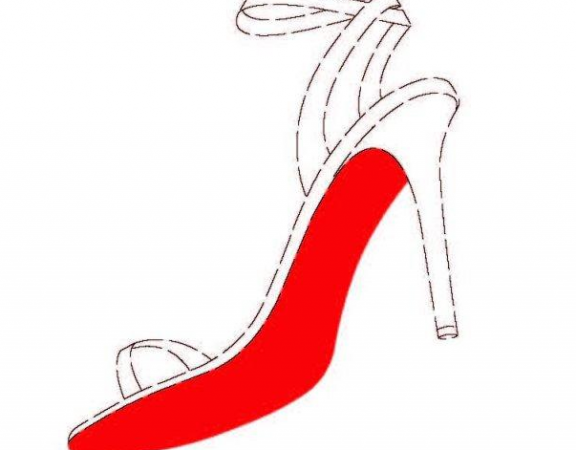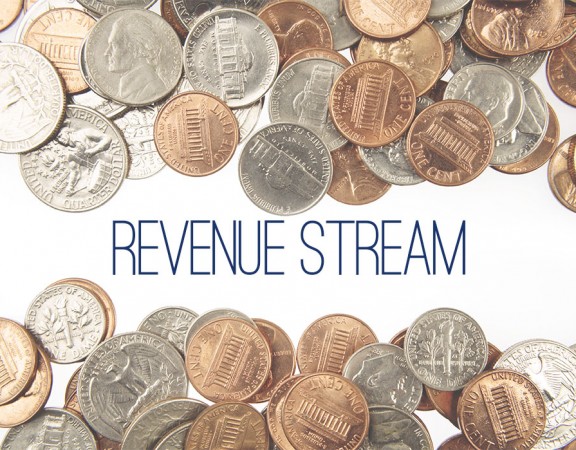When a company is sold, it is usually sold for higher than the book value on the balance sheet. This difference, the a gap between the book value and the actual value, used to be called the “goodwill” of the business, but now it is better understood as the value of the intellectual property.
This intellectual property typically accounts for between about 60 – 80% of the exit value of a company. That means that most of the value of your company is not being tracked by your accountant and not being protected by your bank. For many companies it is not being tracked or protected at all. So, if you are not taking care of that property, when it comes time to sell the company, the value will be discounted, by as much as 80%.
The key to maximizing your exit value is identifying, building and protecting your intellectual property. This means doing your due diligence to make sure you figure out what you can own and how to steer clear of other people’s property. It means identifying your most important distinguishing features and building intellectual property around them. It means filing trademark, copyright and patent applications where appropriate. It means getting formal agreements with your most important relationships. And, it means letting people know that they should respect your rights.
If you take these actions, you will build protections around the most valuable parts of your business. These protected assets are transferrable when you leave the company. Don’t kid yourself, planned or unplanned, everyone eventually leaves their company. What will it be worth when you do?






